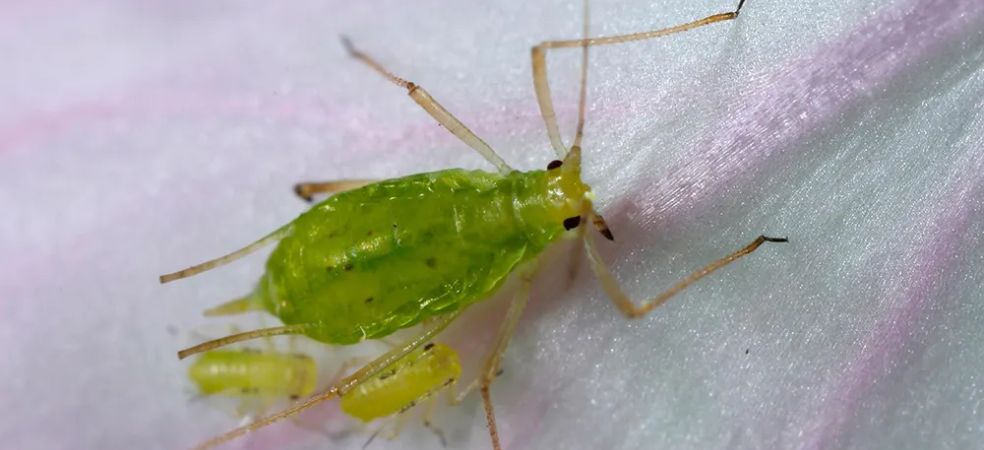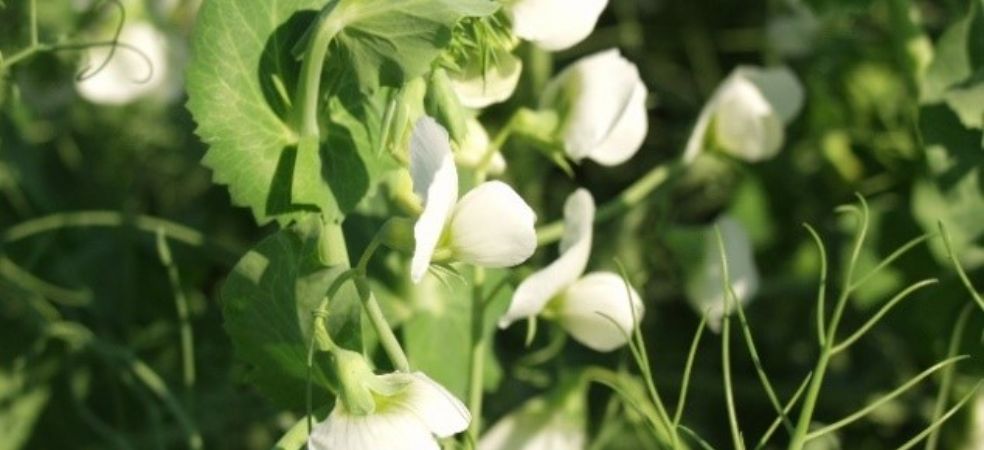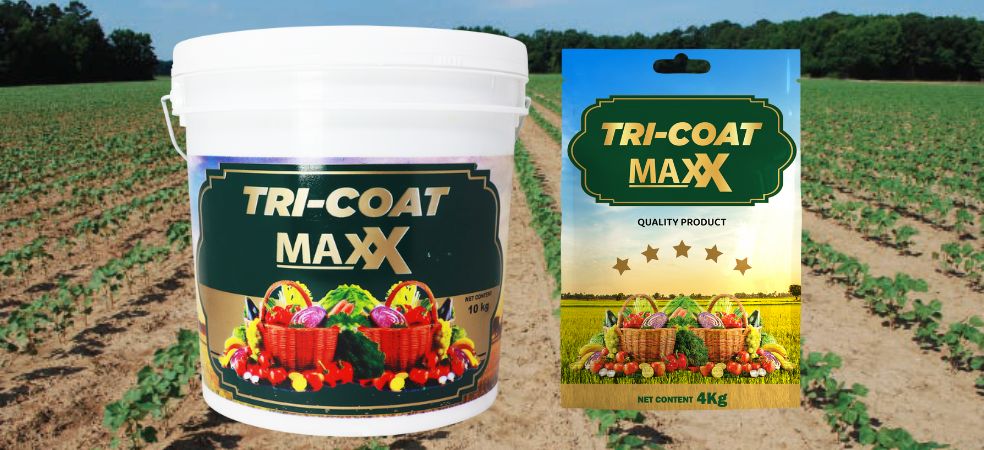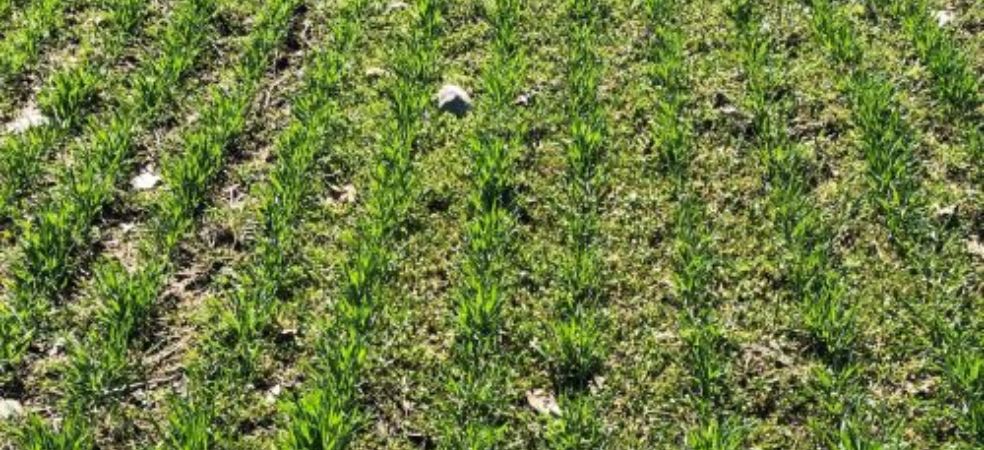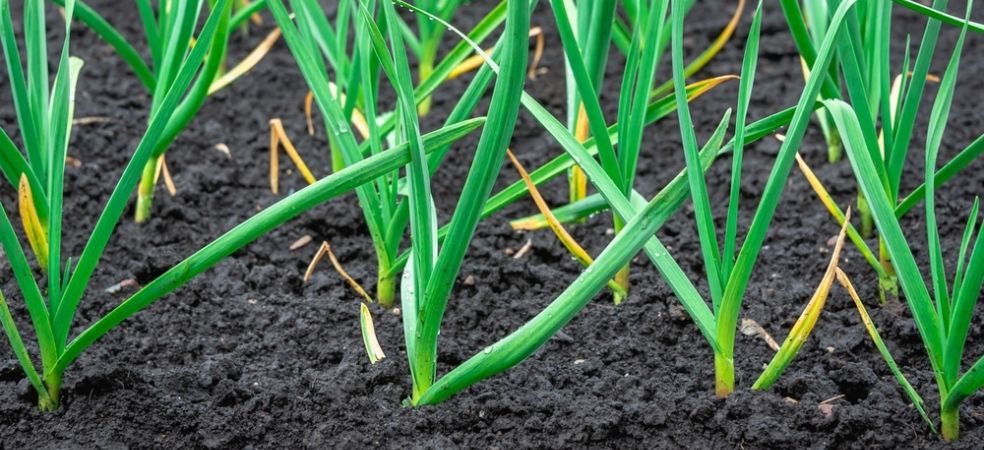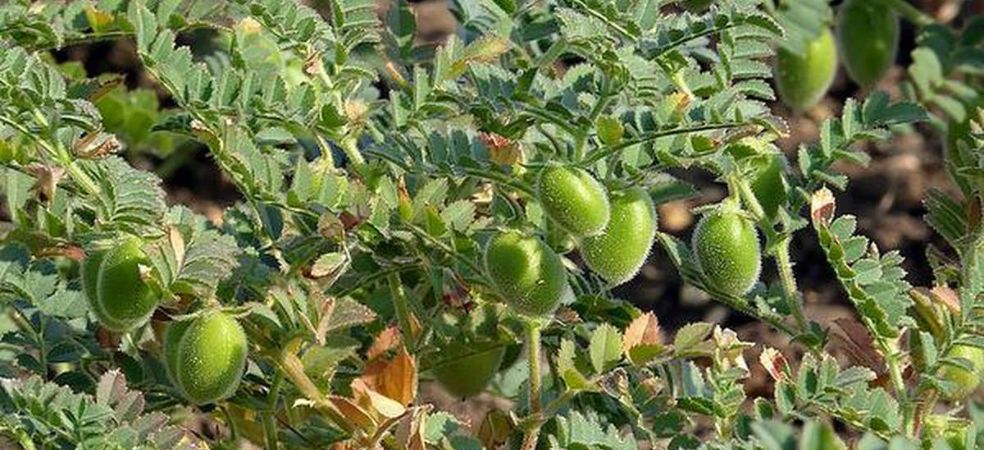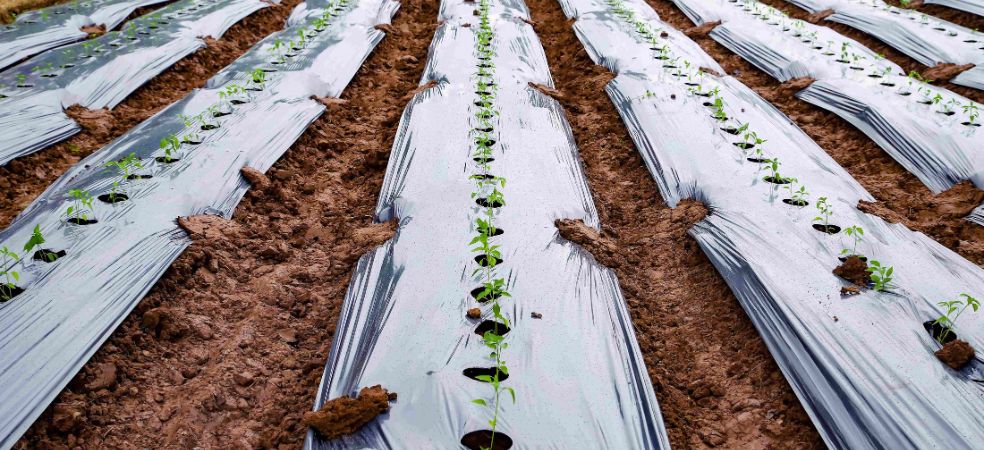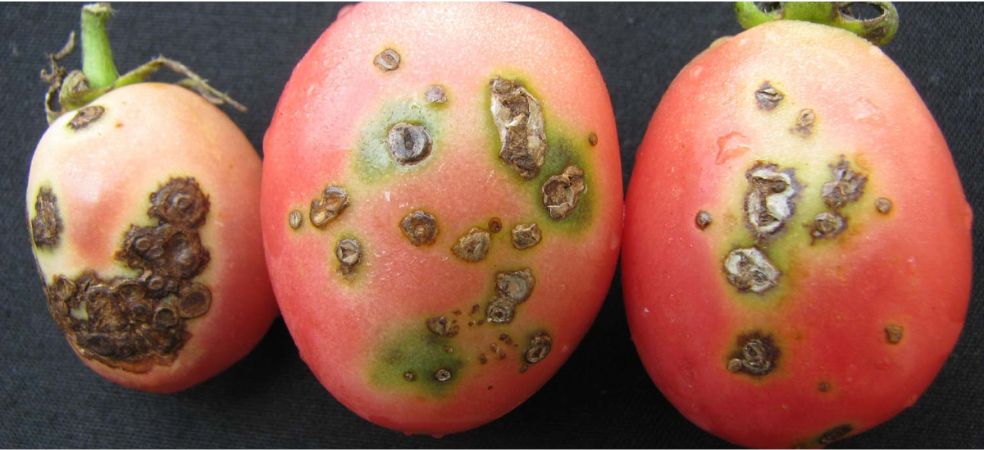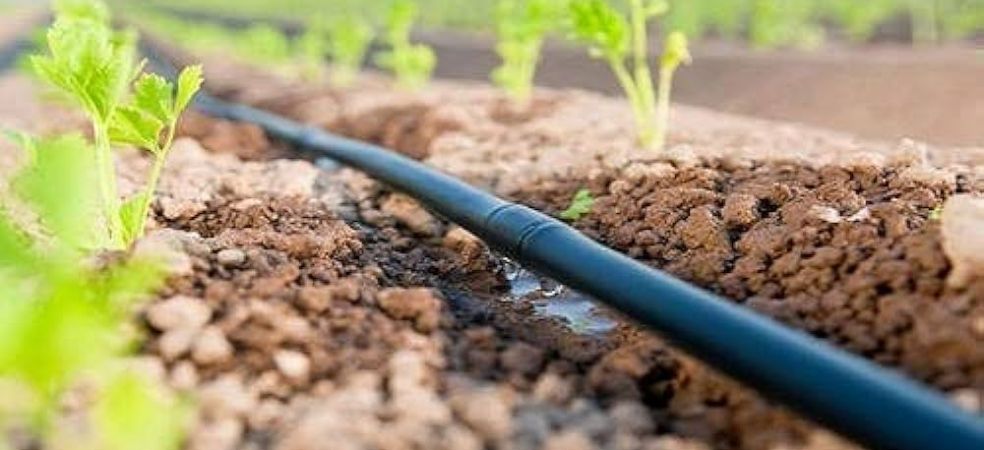Aphid is the carrier of pea mosaic. Both nymphs and adults of this insect suck the sap from twigs, tender leaves, stems and inflorescence. Due to this the leaves are twisted and deformed. And there is dwarfism in the plants. This insect secretes honeydew, which hinders the process of photosynthesis. And the leaves turn yellow and start drying.
Control Measures
Acco. to TNAU to control this pest, spray Rogor (Dimethoate 30% EC) @ 15 ml + Silicomaxx gold @ 5 ml + Novamaxx @ 30 ml @ 15 litres of water.
ShareFor such important information related to the agriculture sector and farmers, do read Gramophone’s articles daily. If you liked today’s information then don’t forget to share.

